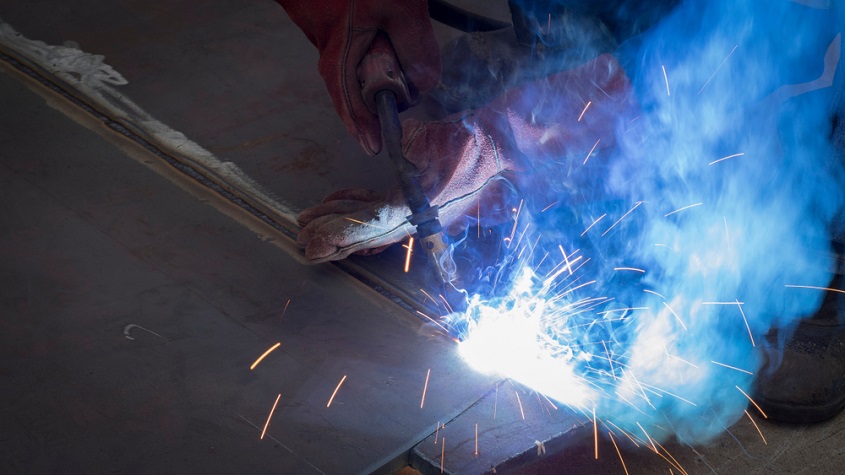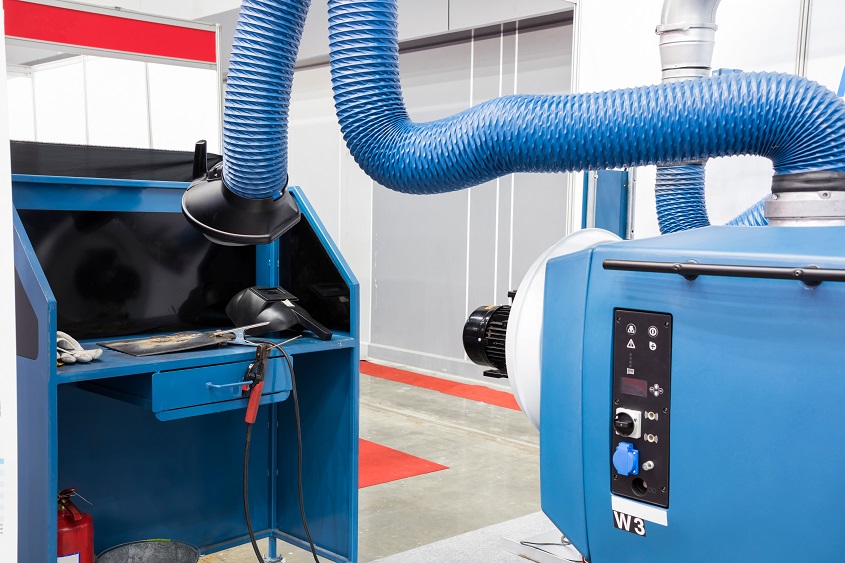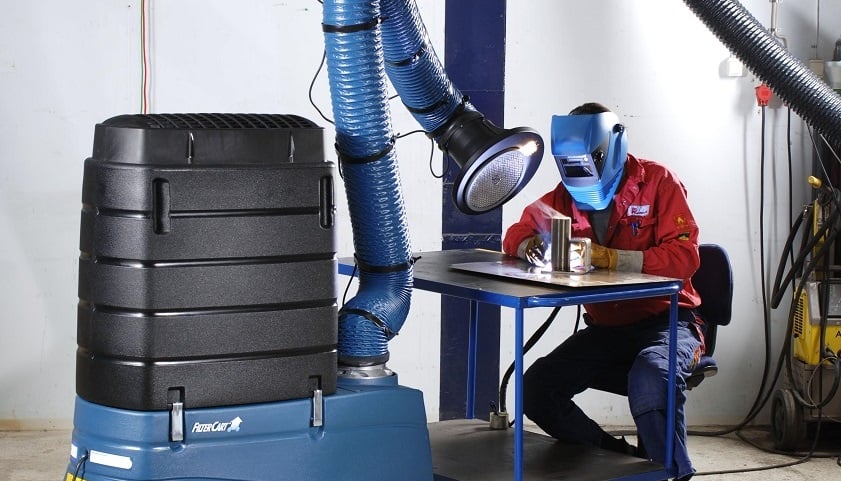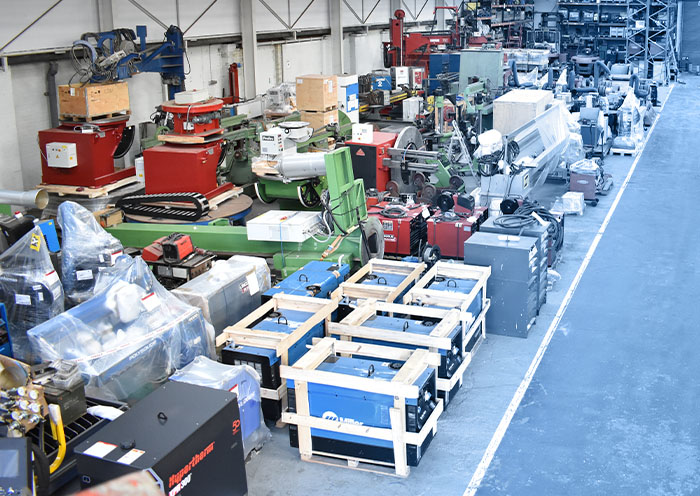Health and Safety Executives new requirements regarding extraction of welding fumes take immediate effect
Who is affected?
All workers, employers, self-employed, contractors and any others who undertake welding activities including mild steel, in any industry.Issues:
- New scientific evidence suggests that exposure to all welding fume, including mild steel welding fume, can cause lung cancer.
- Limited evidence also suggests link to kidney cancer.
- As a result there is a change in HSE enforcement expectations in relation to the control of exposure of welding fume, including that from mild steel welding.
- All businesses undertaking welding activities should ensure effective engineering controls are provided and correctly used to control fume arising from those welding activities.
- Where engineering controls are not adequate to control all fume exposure, adequate and suitable respiratory protective equipment (RPE) is also required to control risk from the residual fume.
With immediate effect, there is a strengthening of HSE’s enforcement expectation for all welding fume…
The International Agency for Research on Cancer has brought to light new scientific evidence that exposure to mild steel welding fumes can cause lung cancer and possible kidney cancer in humans. Mild steel welding fume has been re-classified by The Workplace Health Expert Committee as a human carcinogen (a substance capable of causing cancer in living tissue).

With immediate effect, there is a strengthening of HSE’s enforcement expectation for all welding fume, including mild steel welding; because general ventilation does not achieve the necessary control.
All welding indoors will require suitable engineering controls such as LEV (Local Exhaust Ventilation) to control the cancer risk as well as control exposure to manganese, which is present in mild steel welding and can cause neurological effects similar to Parkinson’s disease.
This should be supplemented with RPE (Respiratory Protective Equipment) to protect against residual fume where LEV alone does not adequately control exposure.
Welding undertaken outdoors will need appropriate RPE and welders should be suitably instructed and trained in using these controls.
Action required:
- Make sure exposure to any welding fume released is adequately controlled using engineering controls (typically LEV).
- Make sure suitable controls are provided for all welding activities, irrelevant of duration. This includes welding outdoors.
- Where engineering controls alone cannot control exposure, then adequate and suitable RPE should be provided to control risk from any residual fume.
- Make sure all engineering controls are correctly used, suitably maintained and are subject to thorough examination and test where required.

Westermans offer a range of new and used equipment for both LEV and RPE welding fume extraction requirements, click here for more details.
Credit and more info from HSE UK:
http://www.hse.gov.uk/safetybulletins/mild-steel-welding-fume.htm
https://www.hse.gov.uk/welding/protect-your-workers/index.htm


 600+ machines in stock
600+ machines in stock Worldwide delivery
Worldwide delivery Rated Excellent
Rated Excellent Warranty included
Warranty included Qualified engineers
Qualified engineers


follow us on